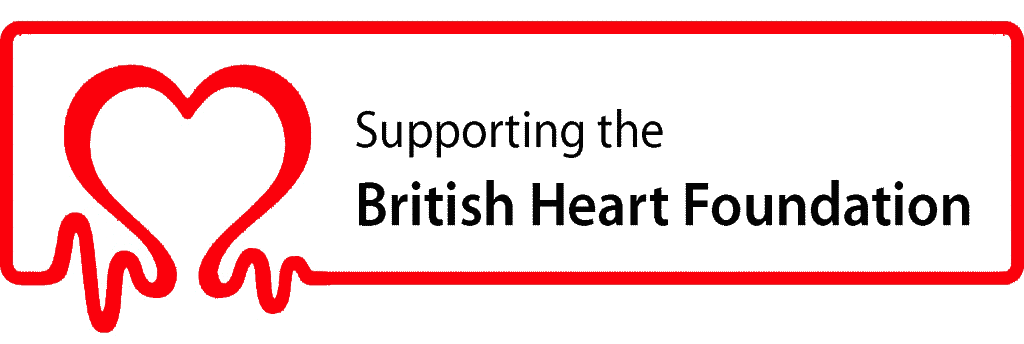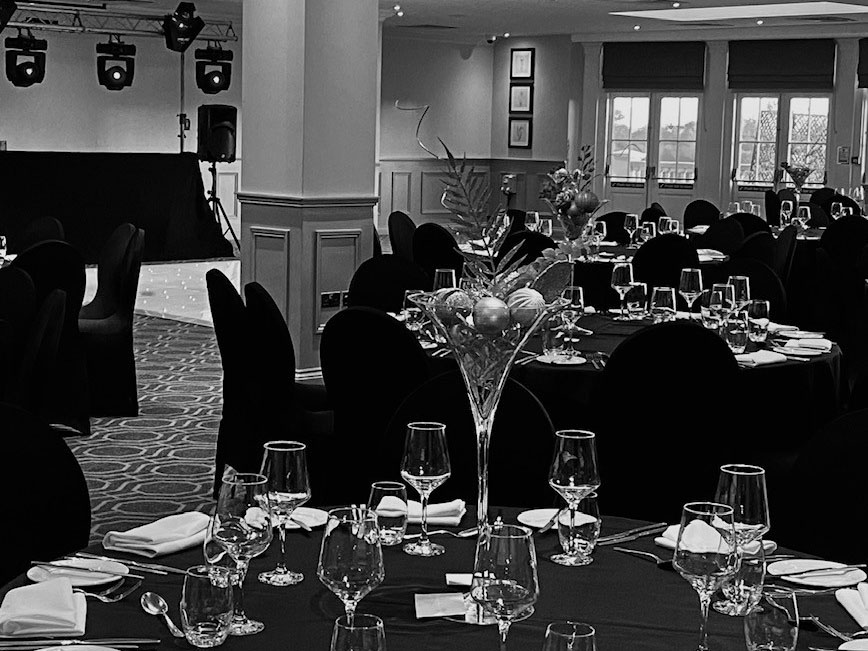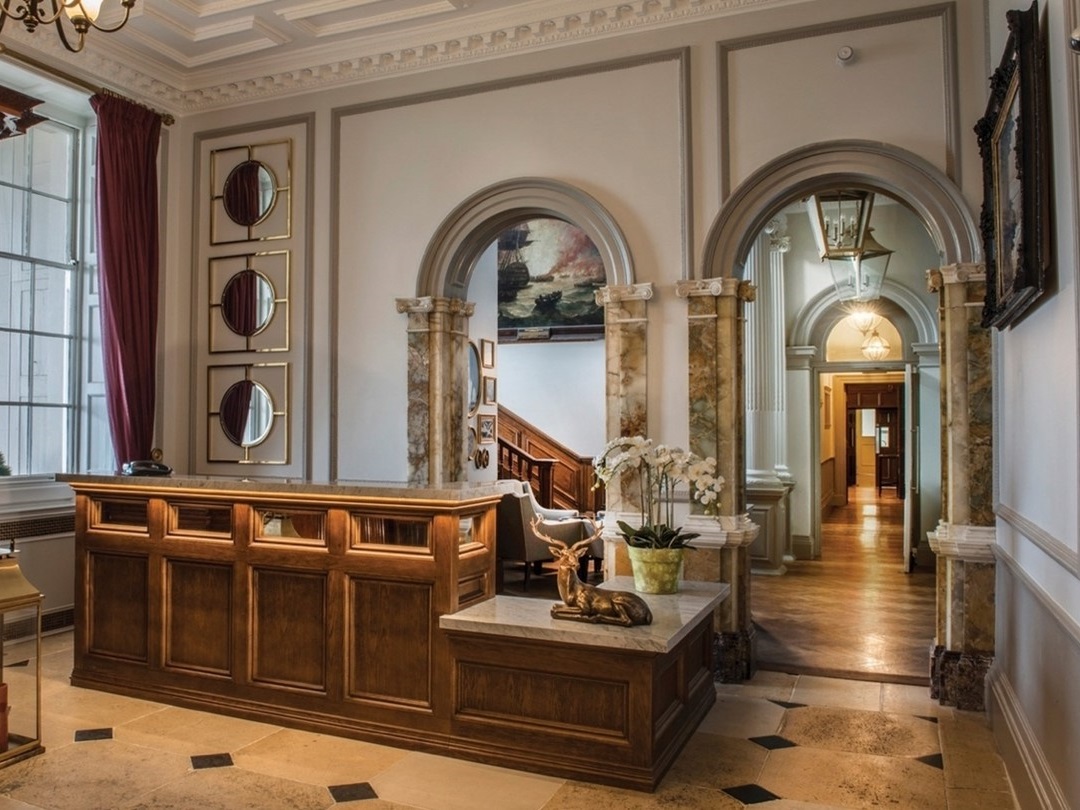Kaylee's Story
In January of 1996, I was in my final year at university, juggling a busy social life with just the right amount of study! But that textbook student life changed quickly, and over the course of just a few days I began struggling for breath. Walking just a few steps was tiring… exhausting even, and one morning, after climbing just a few stairs on the way to a lecture, I had to stop and catch my breath. Was I unfit? Did I need to do more exercise or was it just a cold, or perhaps a chest infection? Not for one second did I consider that it was something serious.
After an early mis-diagnosis of stress, less than 24 hours later, I was rushed to hospital with suspected pneumonia. The diagnosis changed again when I collapsed and started treatment for chronic heart failure because of a condition called Dilated Cardiomyopathy. At twenty-one, I found myself on a ward with an optimistic group of octogenarians, each keen to offer pep talks about how I'd be home in no time. That wasn't to be my story. My hands and feet began to swell, my vision failed, and whilst I did leave the ward before the rest of the ladies, it was to move to the high dependency Coronary Care Unit.
There then followed a tough few weeks where memories begin to blur though there are snippets of good and bad that remain. When it became clear that options were limited and time was running out, I was transferred to The Freeman Hospital in Newcastle where I was assessed for transplant. Battling heart failure and with time running out, the decision was taken to put me on life support, and with a machine breathing for me, I was given 48 hours before my organs would start shutting down or infection would get the better of me.
And so the waiting game began.
Undoubtedly, this bit was harder on my family as I had the luxury of sedation with only intermittent moments of lucidity in which I could make a brief written comment or the odd request for important things (like a nice glass of red wine, which incidentally I did get, but that's another story). My family had no such relief, and they waited hour after hour for the unthinkable. It's not a situation I'd wish on anybody.
72 hours later, the Ward Sister appeared at the window of my room and gave me a thumbs up sign.
In 1996 Cardiomyopathy was an unwelcome stranger. No one in my family had heard of it before, so the cause of my illness was blamed on a virus, an unlucky and terrifying experience, but one which, everyone seemed confident, wouldn't be repeated. Lightning doesn't strike twice, and with this reassurance in my pocket, I carried on with life, graduating from university, travelling, working, meeting my better half and ultimately starting a family.
Ten years later, my family's life was turned upside down when lightning did strike again only this time it hit my brother, Darren who at the age of 29 was diagnosed with Dilated Cardiomyopathy. Darren passed away in June 2006, just one week before the birth of his first nephew.

Eleven years after that, we lost my Mum to complications brought on by Cardiomyopathy.

Two years after that, we lost Jaime, my youngest brother.

Cardiomyopathy has dealt my family some cruel blows.
But now some good news. The faulty gene that causes the type of cardiomyopathy that my family have experienced has been identified. This is a huge leap forward. The research that the British Heart Foundation can fund through donations like yours and mine will help with the next leap forward.
Supported by The British Heart Foundation, Professor Stuart Cook at Imperial College London is leading the largest ever Dilated Cardiomyopathy study of its kind. These types of studies will hopefully lead to the next step forward in treatment and prevention.
In 1996 the prognosis for someone receiving a heart transplant wasn't great, and yet at the time of writing, I'm now almost 28 years post-transplant, and for this I need to thank the incredible team at the Institute of Transplantation for the on-going after care they continue to provide.
However, I also recognise behind that team is a mass of knowledge and information that has been acquired through years and years of research, by people who had to ask difficult, complex questions. Questions that ultimately led to answers being found.
So, with that in mind, I have very, VERY high hopes for the next 5, 10, 20 years' worth of research.
This year, as before, The Snowflake Ball is supporting The British Heart Foundation and Cardiomyopathy UK, two charities whose work will help us move closer towards a future where Cardiomyopathy doesn't destroy families and strike fear into the hearts of anyone receiving it as a diagnosis. Two charities that are asking the questions which will ultimately lead to the answers we need.

Kaylee Burridge-Pawley











